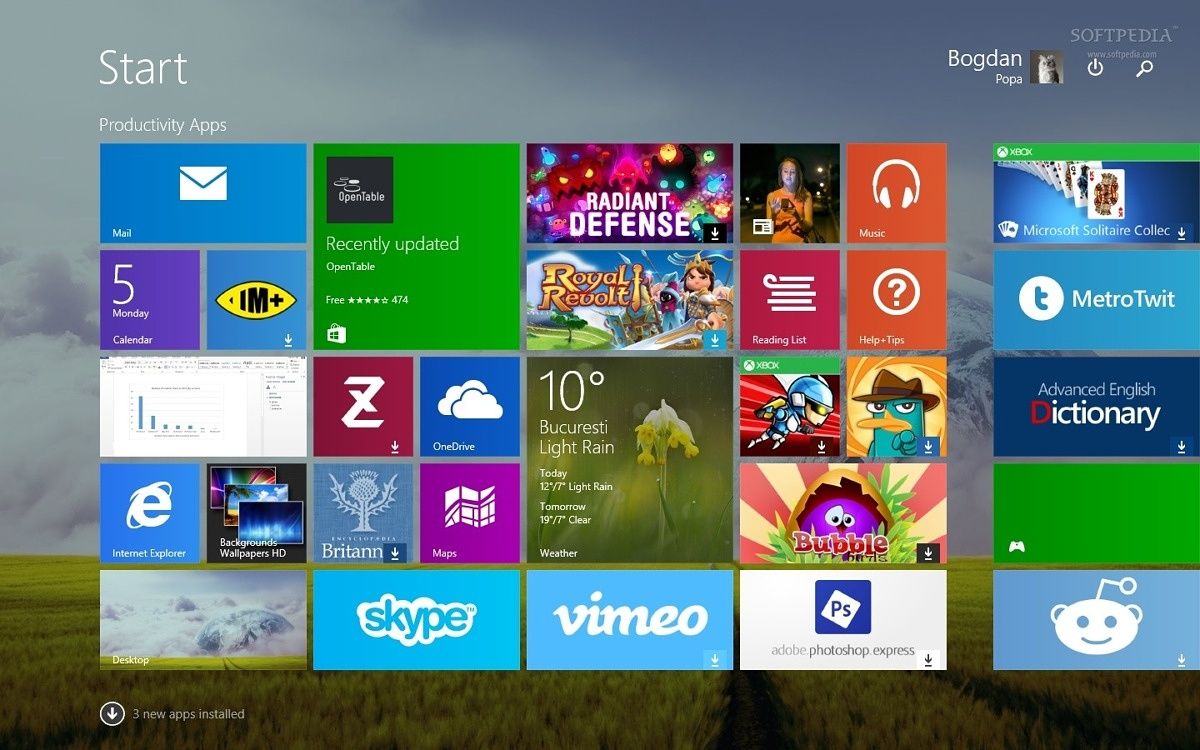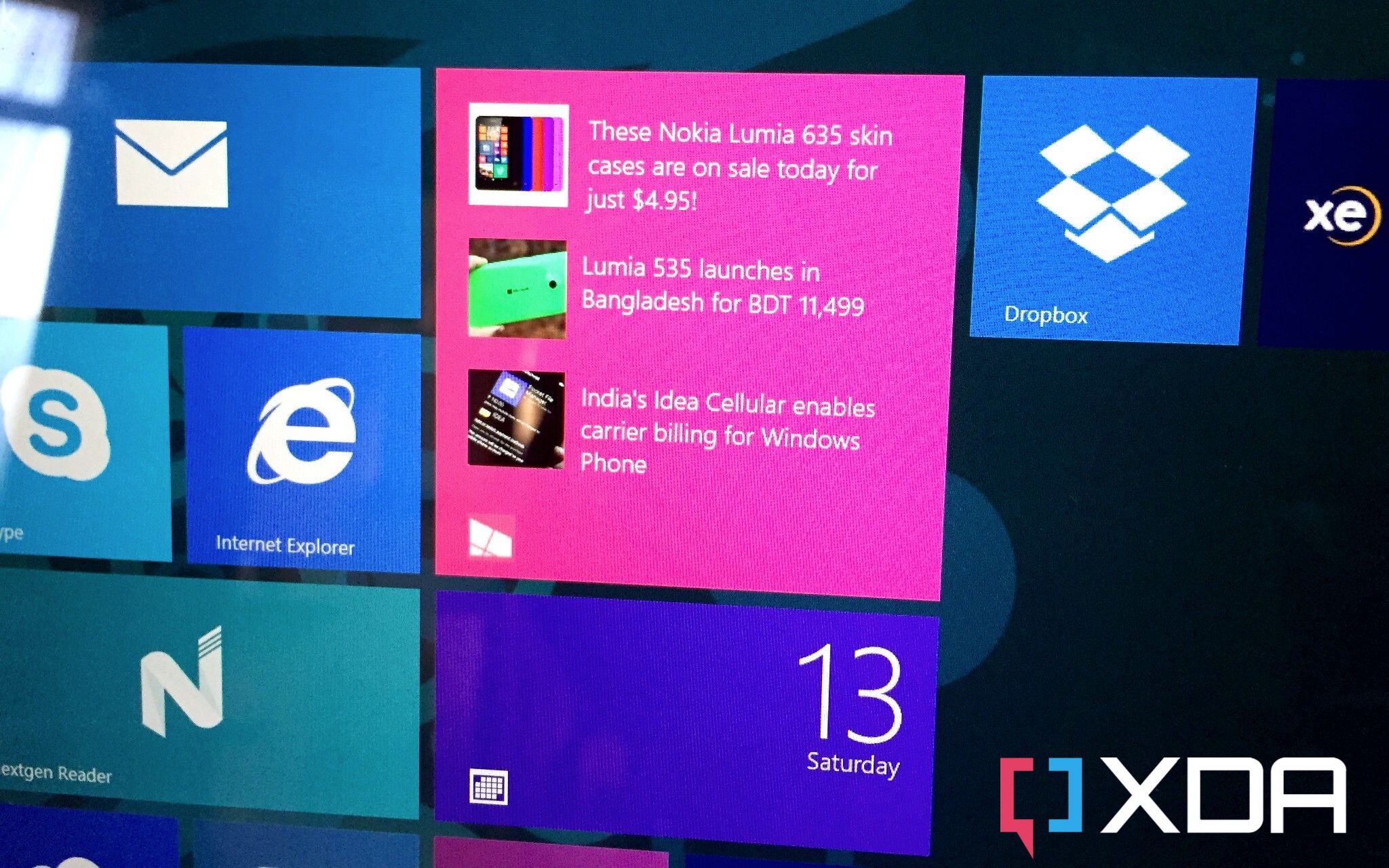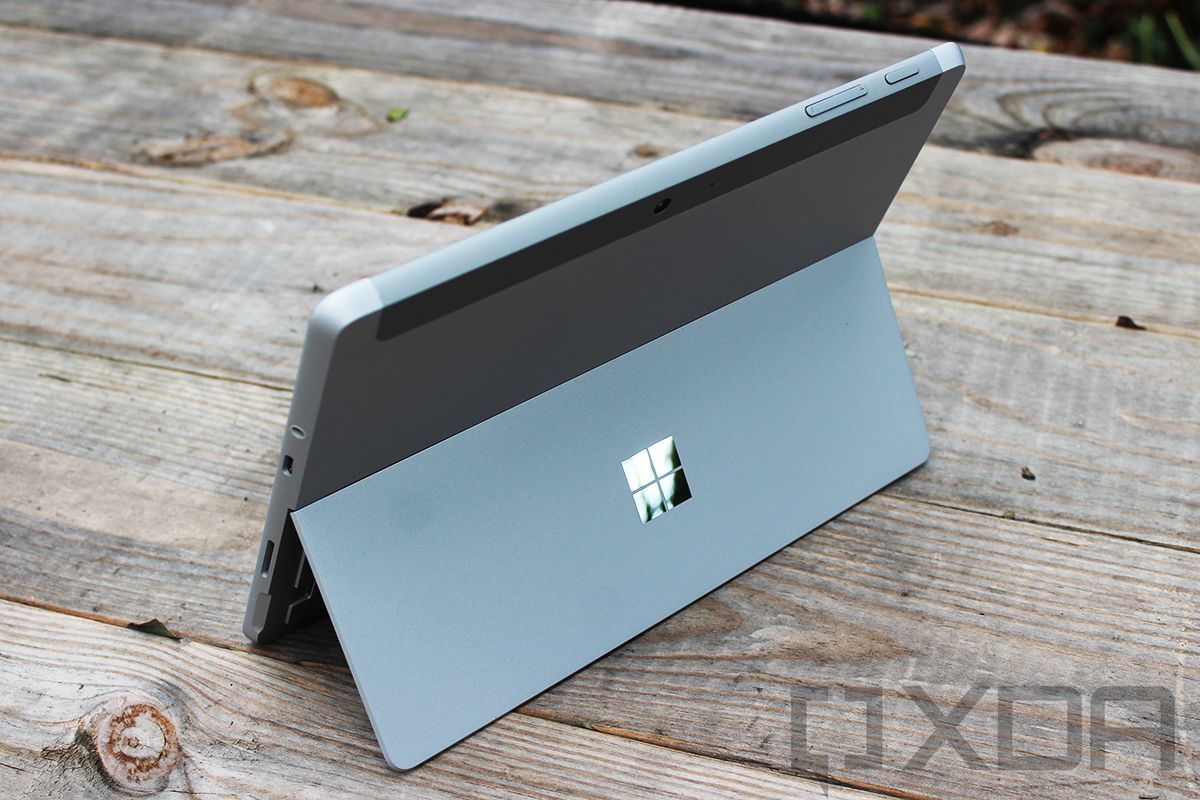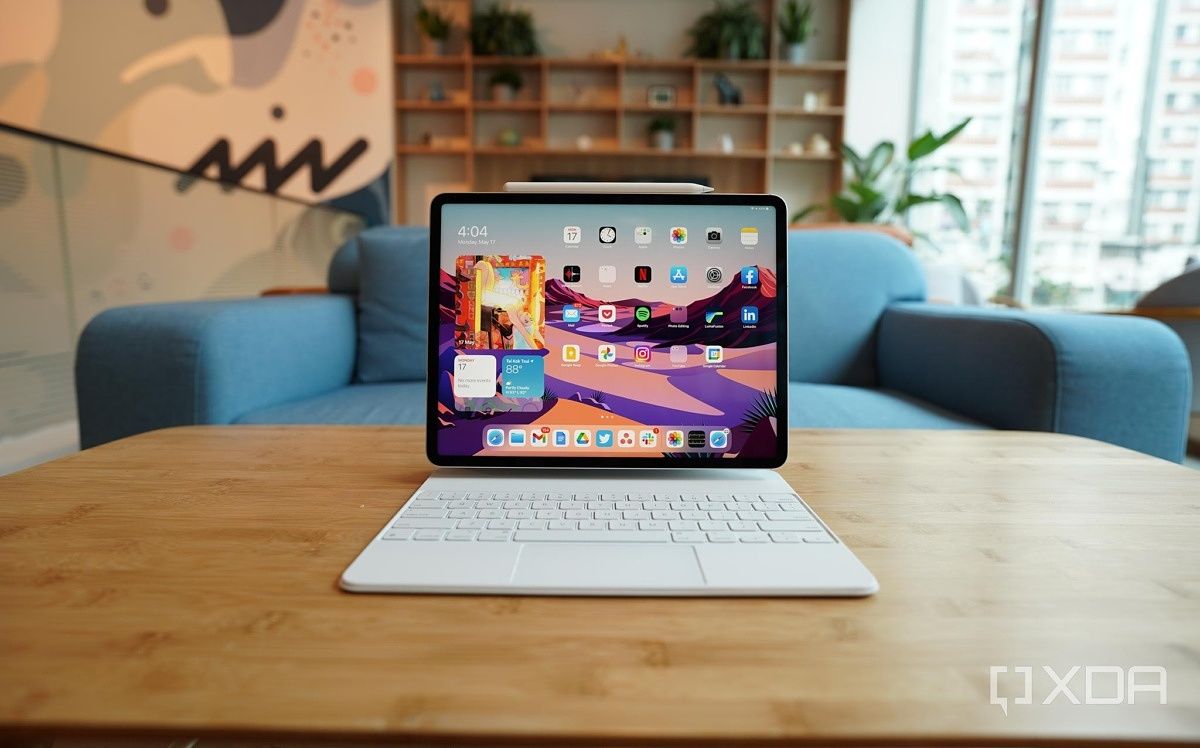Remember Windows 8? Turns out that it's actually 10 years but if you look back at it in 2022 it's still so modern looking you could be forgiven for thinking it was a more recent release. But it wasn't particularly popular, and essentially all trace of it has now been wiped from Windows.
And that's a shame.
The byproduct is that I haven't really been interested in tablets in many a year, because nothing has been as pleasant to use as Windows 8. Sure, I've had iPads and whatnot, but a Windows tablet was different because it really could be my laptop when I needed it to be. So naturally, Microsoft killed it.
Ahead of its time
Windows 8 echoed the design of Windows Phone 7 and 8, and I maintain it was possibly too far ahead of its time. Windows 8 was such a radical departure from Windows 7, or at least, half of it was. The Start menu of old becoming this glorious full-screen experience covered in touch-friendly tiles, some of them showing useful information like the weather or news headlines.
Like widgets, but less terrible, because they had a cohesive UI that actually worked without looking like a hodge podge of random items. If it launched today it would still look fresh and modern.
Windows 8 would look fresh and modern if it launched again today.
The start screen was only part of it, though. The Metro UI went right through into app design. Big and bold, and unlike traditional apps, the UI generally went side-to-side rather than scrolling up and down. Besides being interesting and unusual, it was actually a really intuitive experience. Swiping across rather than up or down felt so much more natural to me, especially on a tablet. After all, we read left to right, don't we? (I appreciate not everyone reads left to right).
Next to Android, iOS, macOS, and even traditional win32 apps, Windows 8 apps stood out. Nothing else looked like a Windows 8 app. It had its own unique take on what a touch interface should be and it was freaking amazing. It made using a tablet like the Surface Pro 3 an actual joy. The touch targets were always so big, and there was never an overload of information on the screen at any one time. So, so good.
So naturally, it ended up in the dumpster. Nice going, Microsoft.
Windows tablets are terrible now
Windows 8 wasn't that popular. I've always chalked it down to being afraid of change, and when it comes to Windows, this was probably the biggest change since the introduction of Windows 95. Where macOS has always been the sexy, cool kid alternative, Windows has always been actually used by billions of people on billions of machines.
And those people don't like change. They wanted their Windows 7. Or their Windows XP in many corporate (and governmental) cases. What is this radical full-screen Start experience full of colorful blocks? Get this off our company issue ThinkPads. Gamers, too, didn't really take to it. You only had to look at Steam's hardware surveys to see how long too many people stuck with Windows 7.
I always put its lack of popularity down to being afraid of change.
I'm being facetious but there's an element of truth in it. Change is scary, and in a corporate world, can just flat-out break important things you need to get your work done. The thing is, Windows 8 still had a desktop mode. But it was hidden, at least at first, behind this new Start screen. The Start Menu came back, of course, but perhaps Microsoft could have negated some of the negativity by offering a professional edition without the Start Screen. After all, if you lived in the desktop back then you weren't installing many Microsoft Store apps, were you?
The issue for me isn't that people didn't like it. Lots of people clearly didn't like Windows Phone either (and those people were all wrong) but choice makes everything better. The issue I have is that from Windows 8, Microsoft-powered tablets have become, well, awful. Just plain terrible.
Windows 10 at least tried to have a tablet mode, even if it wasn't very good. The Start Screen was alright, but Windows 10 itself wasn't nearly as touch-friendly as Windows 8 and so the whole experience just fell apart. And Windows 11 certainly didn't do anything to improve it.
As such you now have tablets like the Surface Go 3 and the newly announced Surface Pro 9 running a desktop operating system that isn't remotely optimized for touch. Imagine how bad the iPad would actually be if it just ran plain macOS without any real effort. Microsoft had its iPad moment and killed it stone dead instead of trying to make it better and come up with a solution that suited everyone.
Stuck with an iPad I don't really care about
I have a Surface Go 2, but I don't use it as a tablet. I use it as a compact laptop because that's what it is. Not even the arrival of Android apps on the desktop is going to magically turn it into a must-use tablet.
Like most everyone else I have an iPad these days. Why? Because I like using a tablet for some purposes (including entertaining kids) and it's the only one worth buying because Apple does at least seem to care about it. But it's like a washing machine or a microwave, really. I use it, but I don't love it.
What I loved was Windows 8 on tablets, that futuristic OS launched 10 years ago that maybe just was a casualty of being too far ahead of its time. I wish it was still here. Instead, it went to the graveyard of other great Microsoft products with the Microsoft Band, Mixer, and Windows Phone.
And that's a little sad.




